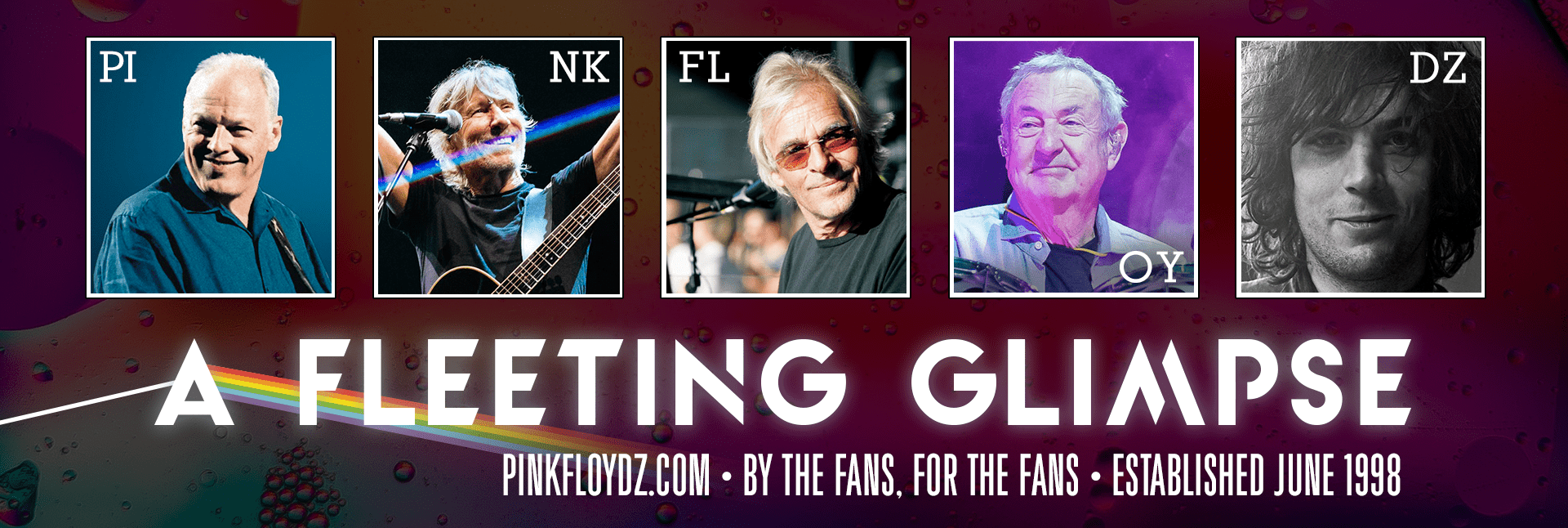Extract From Keyboard Online April 2009
Alan Parsons: Synth Secrets Of A Sonic Superstar
In 1967, an 18-year-old British high school dropout named Alan Parsons landed a job at EMI’s tape duplication facility in West London. Among his first duties: Making reel-to-reel copies of the Beatles’ Sgt. Pepper’s Lonely Hearts Club Band. Inspired and curious, Alan applied for a job at EMI’s recording studios at Abbey Road. “I couldn’t wait to find out the secrets behind Sgt. Pepper,” he recalls. “It left me in awe of the the Beatles themselves, but also of the work behind the scenes in the studio.”
Alan would ascend to assistant engineer in the Beatles era, working on the albums Let It Be and Abbey Road, including the final “rooftop sessions” at Apple Corps. He went on to engineer the landmark 1973 Pink Floyd album, The Dark Side of the Moon, whose recording quality and originality turn heads to this day. Then, with singer and songwriter Eric Woolfson, the skills that had assured Alan’s place in history as a superlative “sound guy” would be focused on his own music in the Alan Parsons Project. Lush, wall-of-sound production was one sonic signature of the APP; another was an abundance of unique keyboard sounds. This is no less true of his recent Grammy-nominated solo release, A Valid Path.
THE POWER OF THE DARK SIDE
In 1972 there were just a few synths available — the Moog, the ARP 2600, the EMS VCS3 and Synthi AKS,” says Alan. “Nothing could be stored and nothing was polyphonic, so Pink Floyd’s synth parts were performed organically and built up in layers. The famous sequence from ‘On the Run’ was a Synthi AKS, [an upgraded VCS3 with a touchplate keyboard and built-in sequencer –Ed.], and all the filter changes you hear are from turning knobs in real time. I remember thinking the hi-hat part sounded uncannily like the real thing, though it was actually a filtered noise generator. For live shows, rather than using a tape, David Gilmour programmed the sequence nightly on a Synthi AKS, so that it could be reproduced onstage straight out of the synth. He’d play it in slowly in step time, then speed it up.”
Another Dark Side track, “The Great Gig in the Sky,” is a study in stellar rock keyboards. Clare Torry’s wordless vocal solo emerges from a plaintive piano figure and explodes over a thick bed of Hammond organ. “The piano was the Steinway concert grand in studio 1 at Abbey Road,” explains Alan, “I miked it using classical techniques: Putting nothing too close to the instrument itself, and capturing the ambience in the room. I used a pair of Neumann M50 omni mics. Compression? No! I added a little plate echo to compliment the natural ambience.
“On the Hammond, I used one mic on the Leslie’s lower drum and two on opposite sides to capture the active horn of the top pair. On Leslies I’d use Neumann KM86s as a rule. I got the best results for the horn by not getting too close, as this would result in an over-accentuated swish as the horn crossed the mic path. I panned the top mics hard left and right and kept the bottom centered. In later years, I felt I got better results by just using two mics: one top and one bottom, with a narrow stereo spread between them.”
The full article can be accessed at https://www.keyboardmag.com/article/alan-parsons-synth/mar-09/94815
